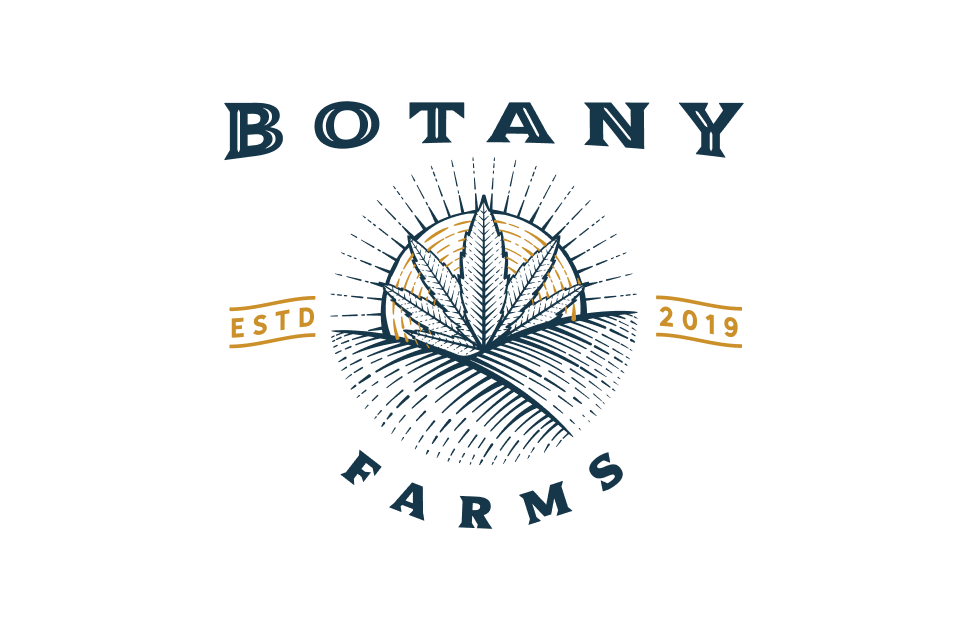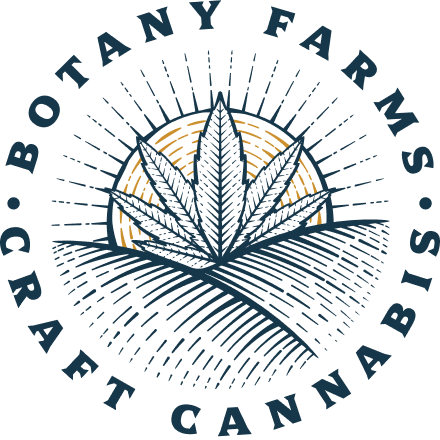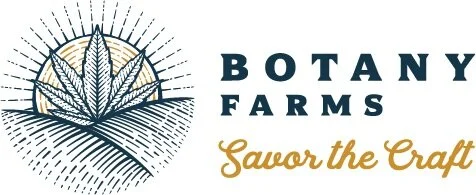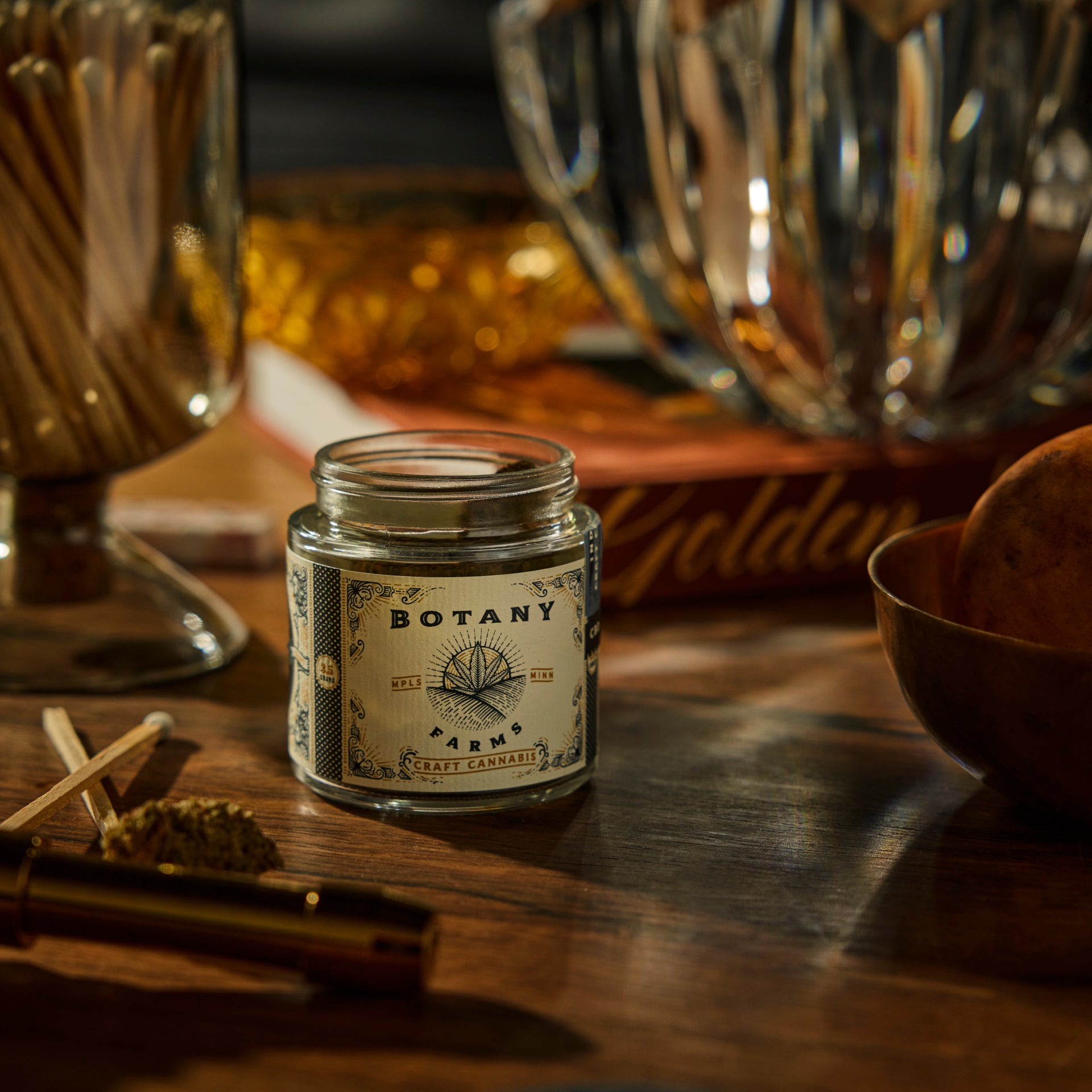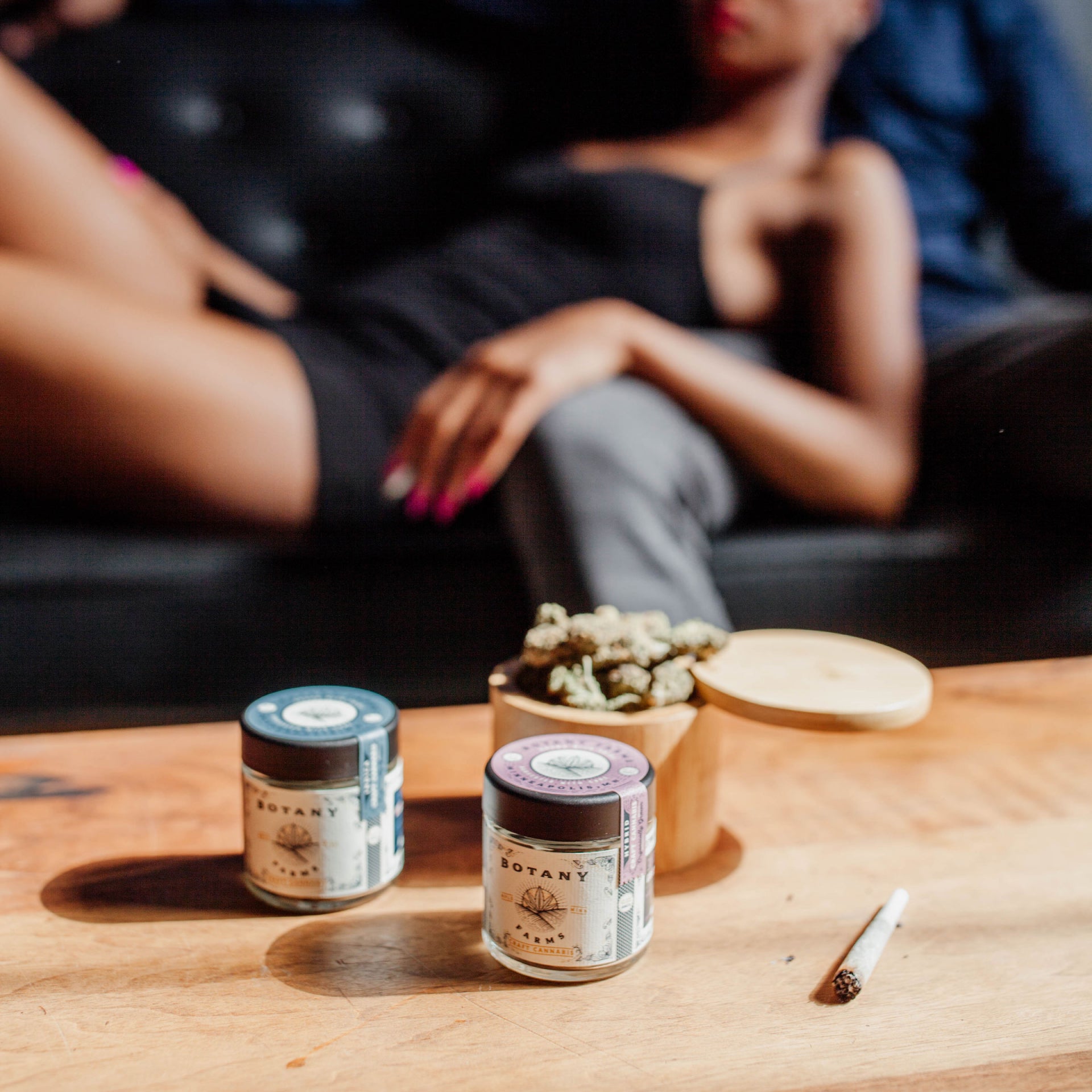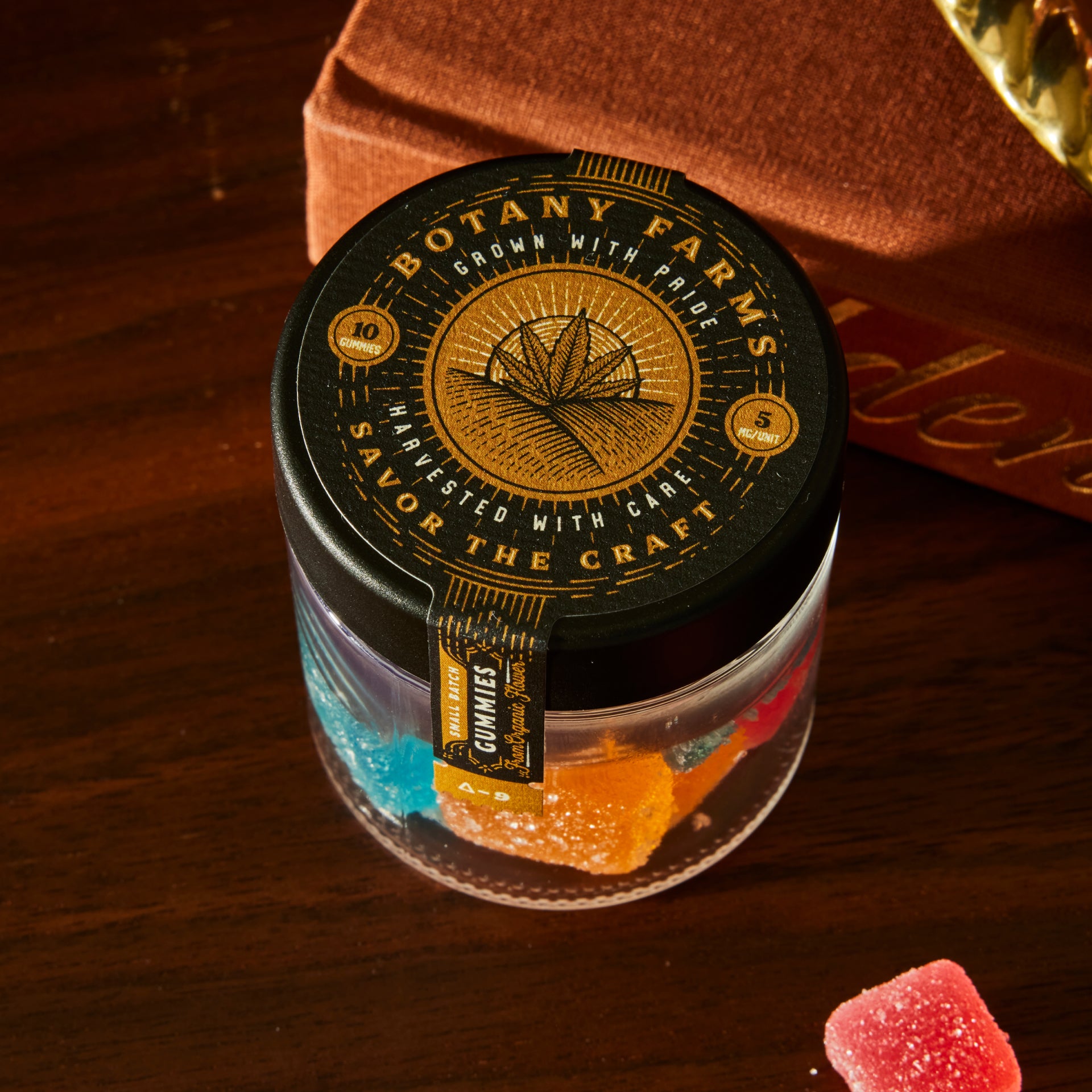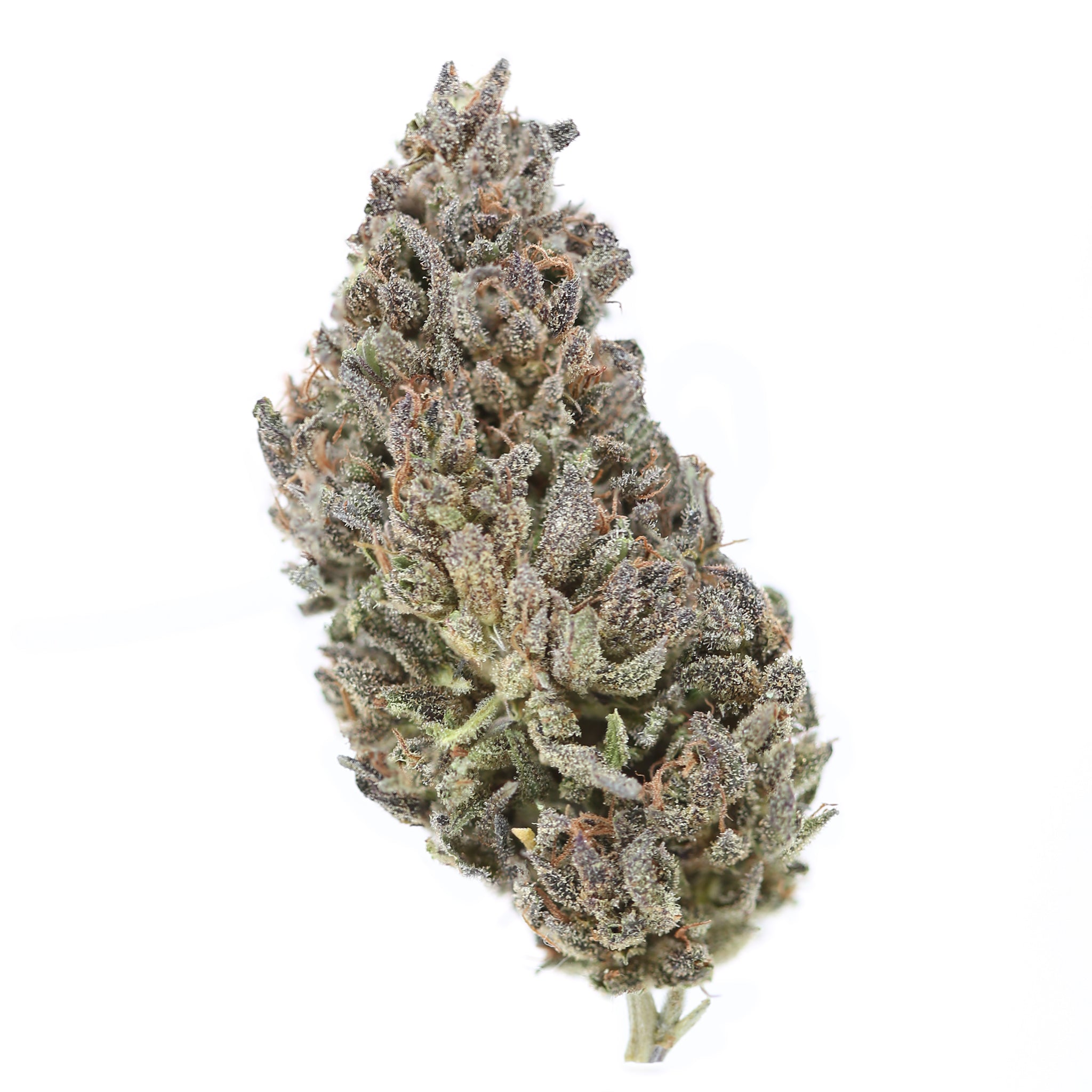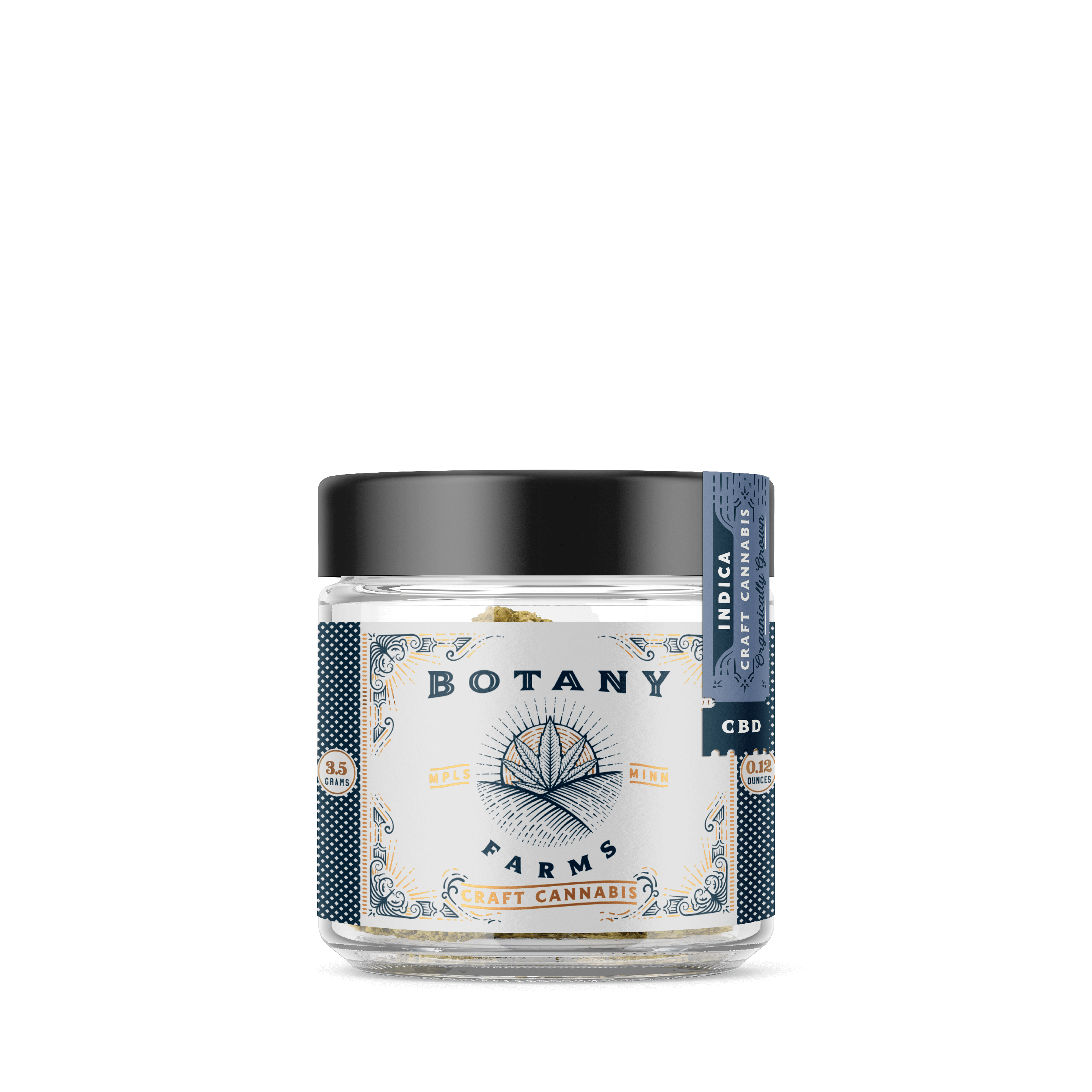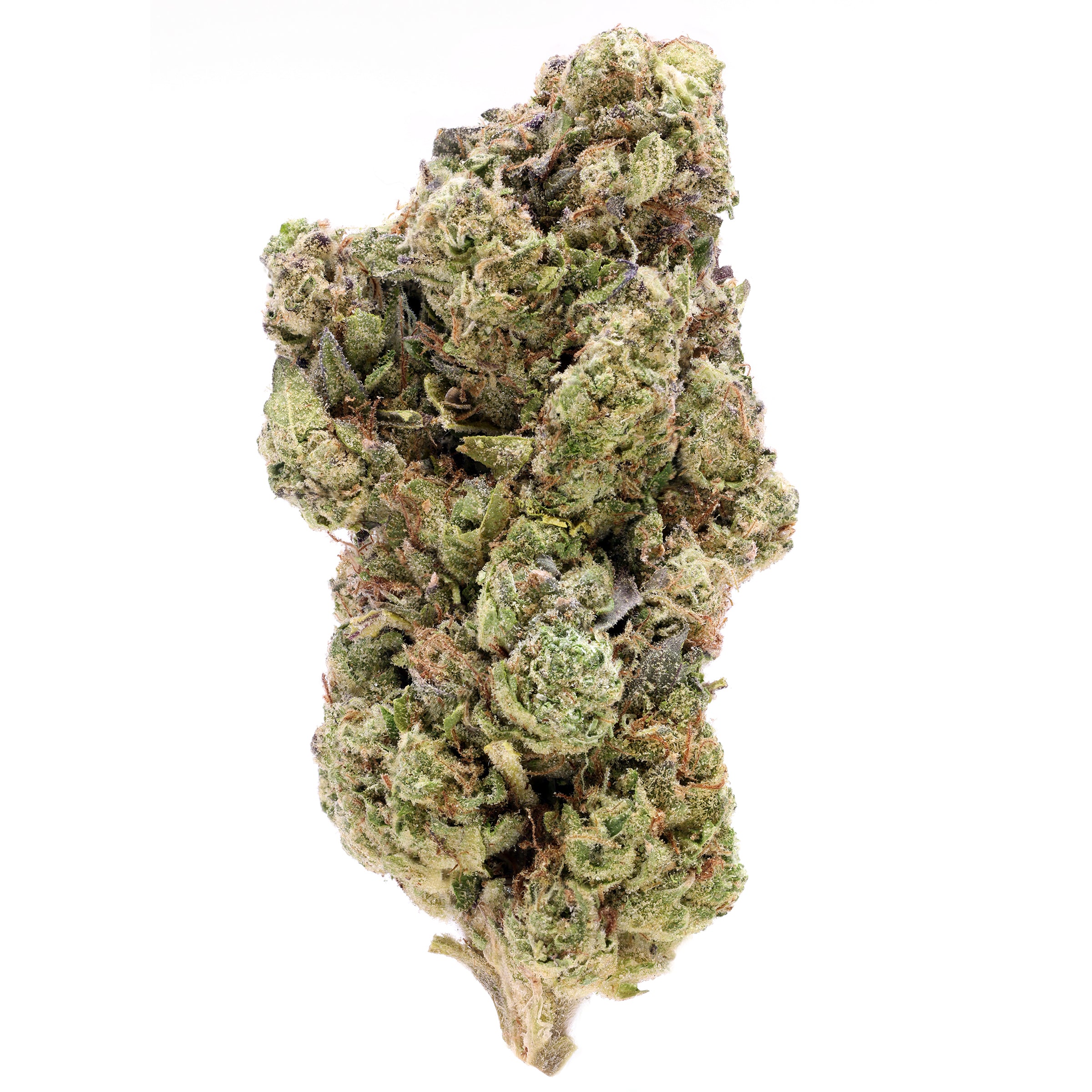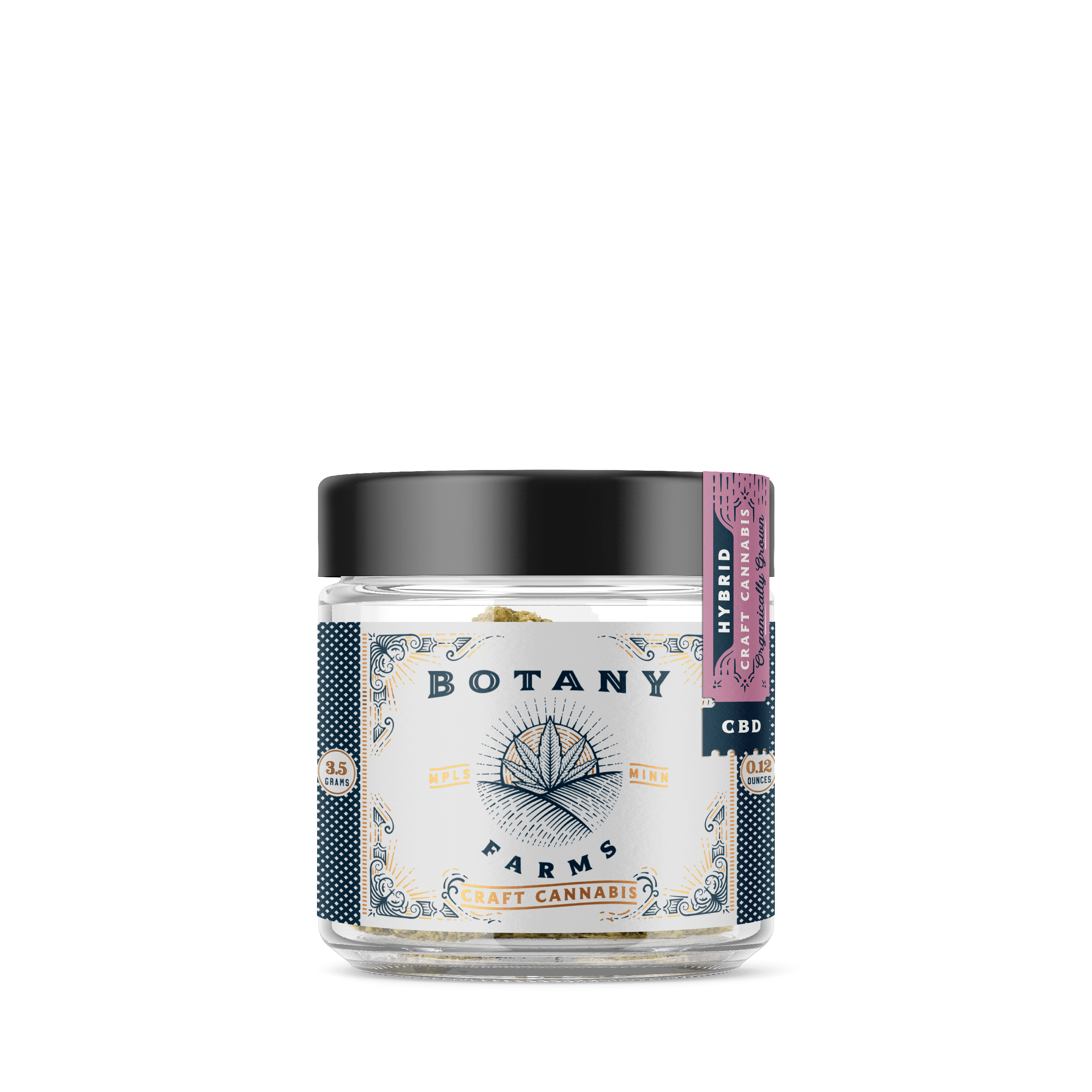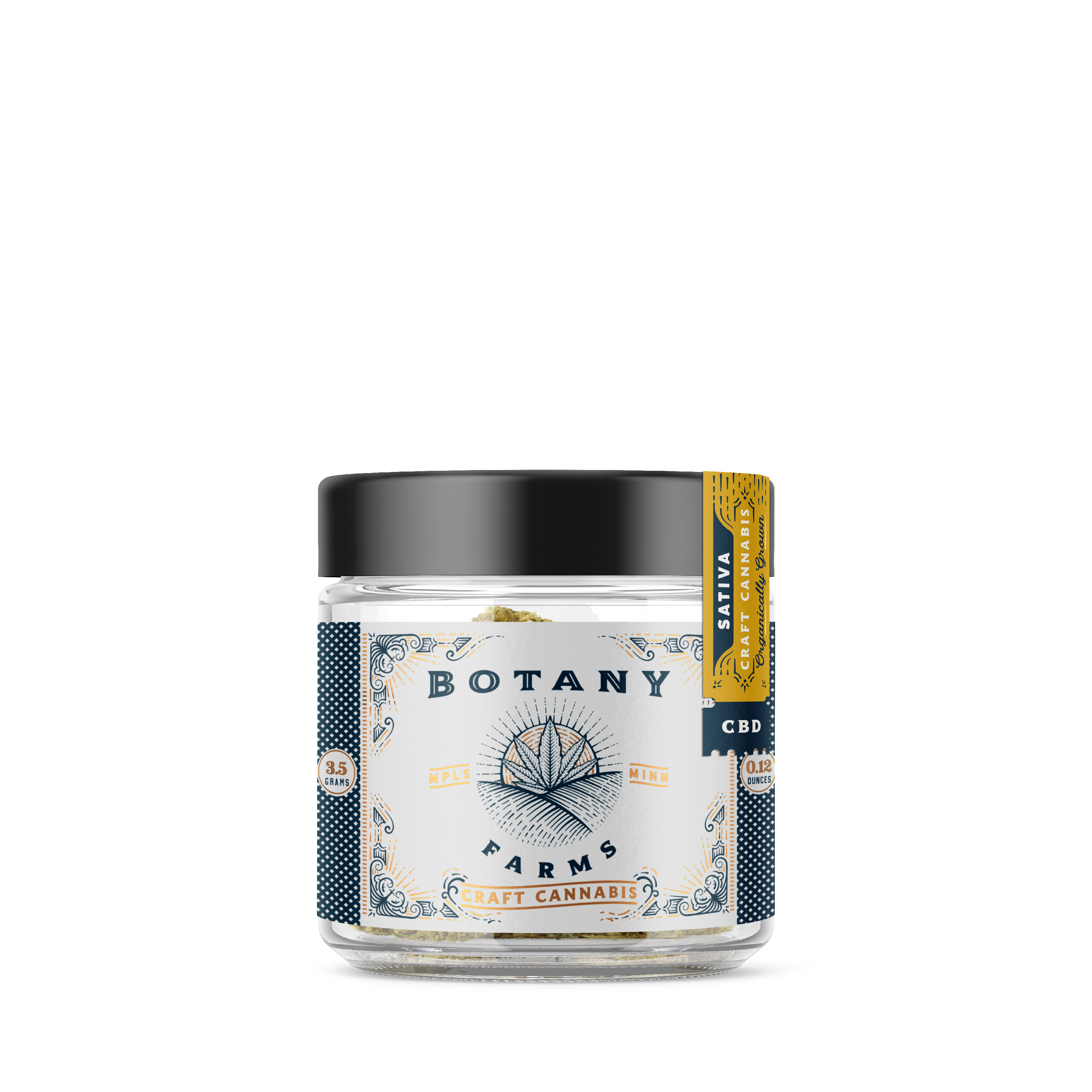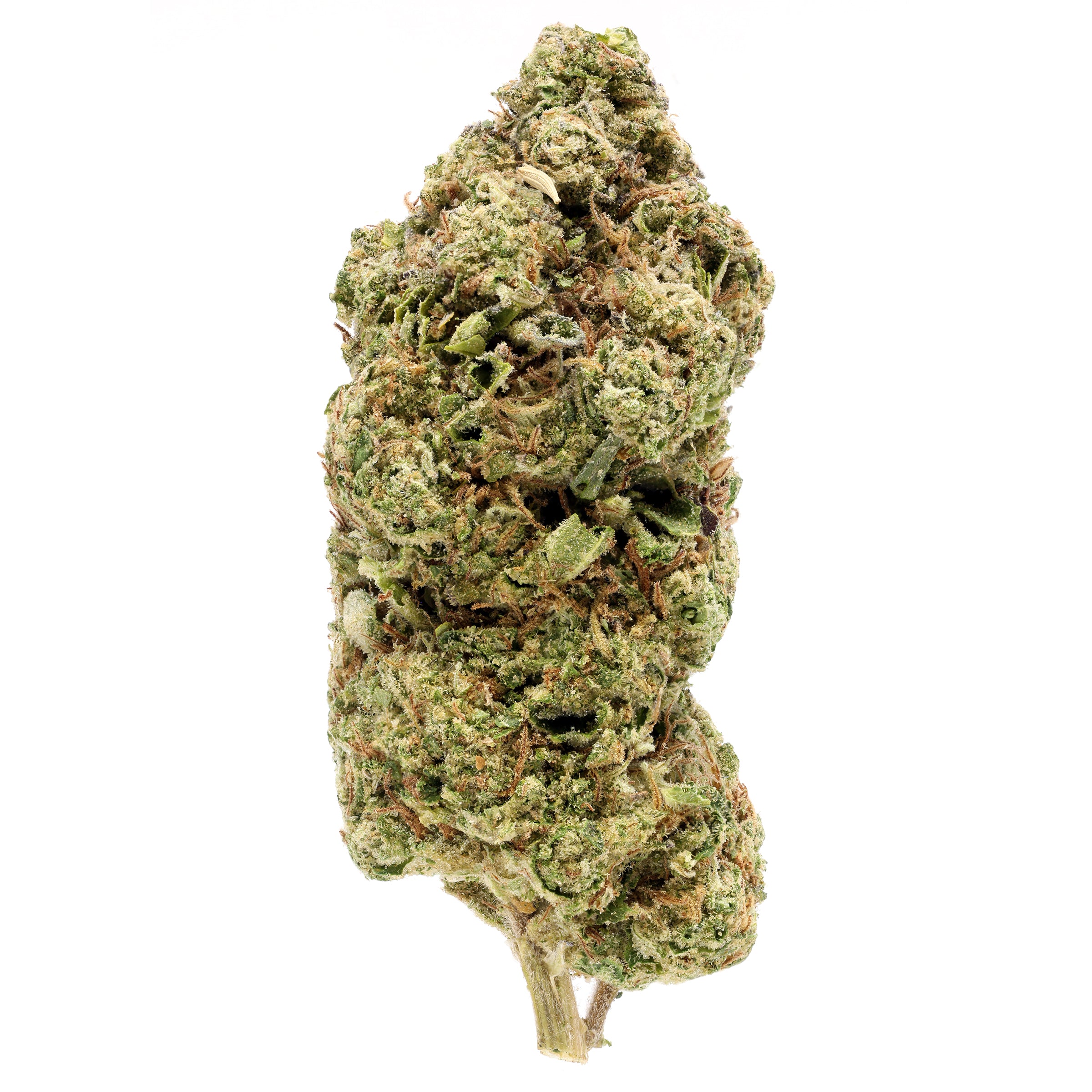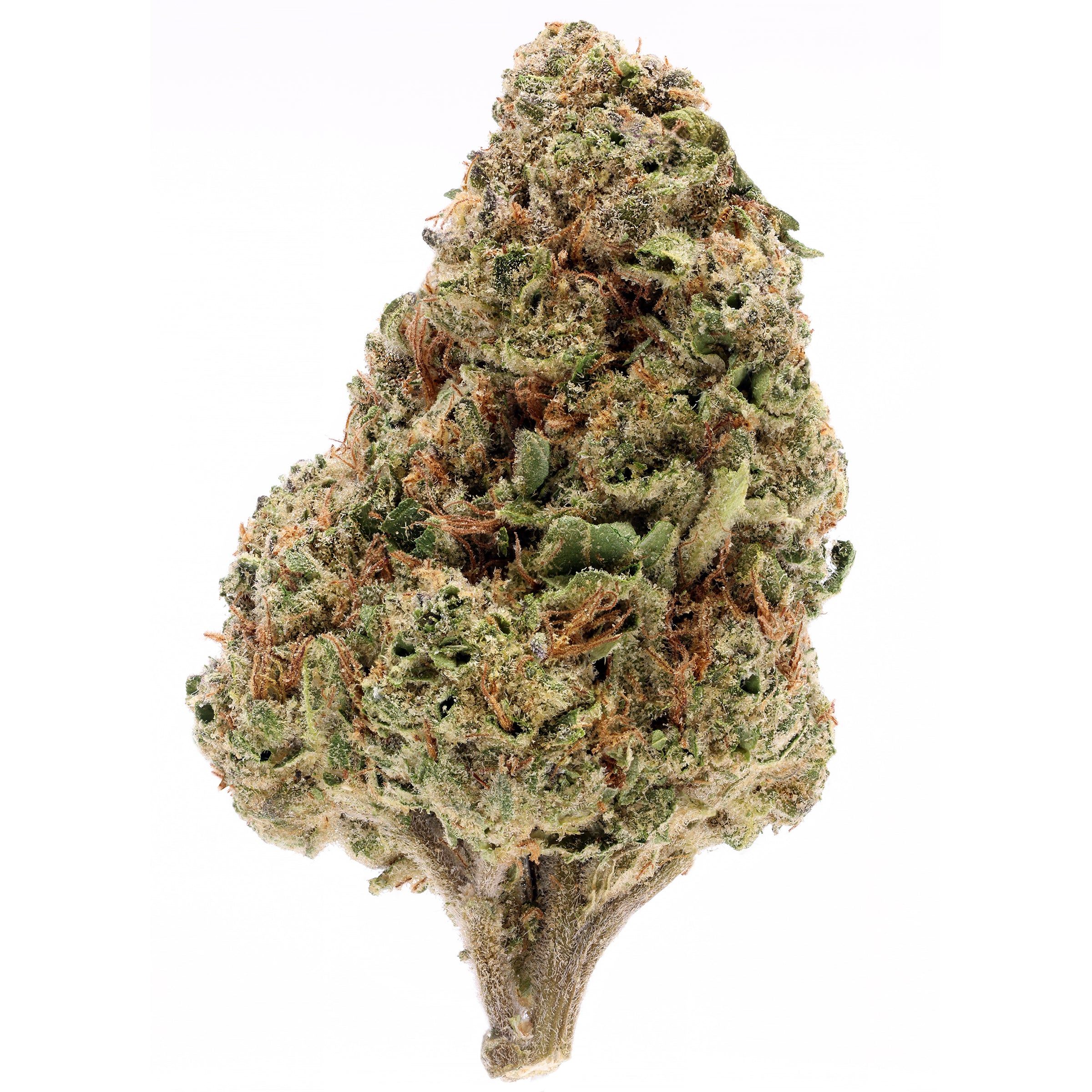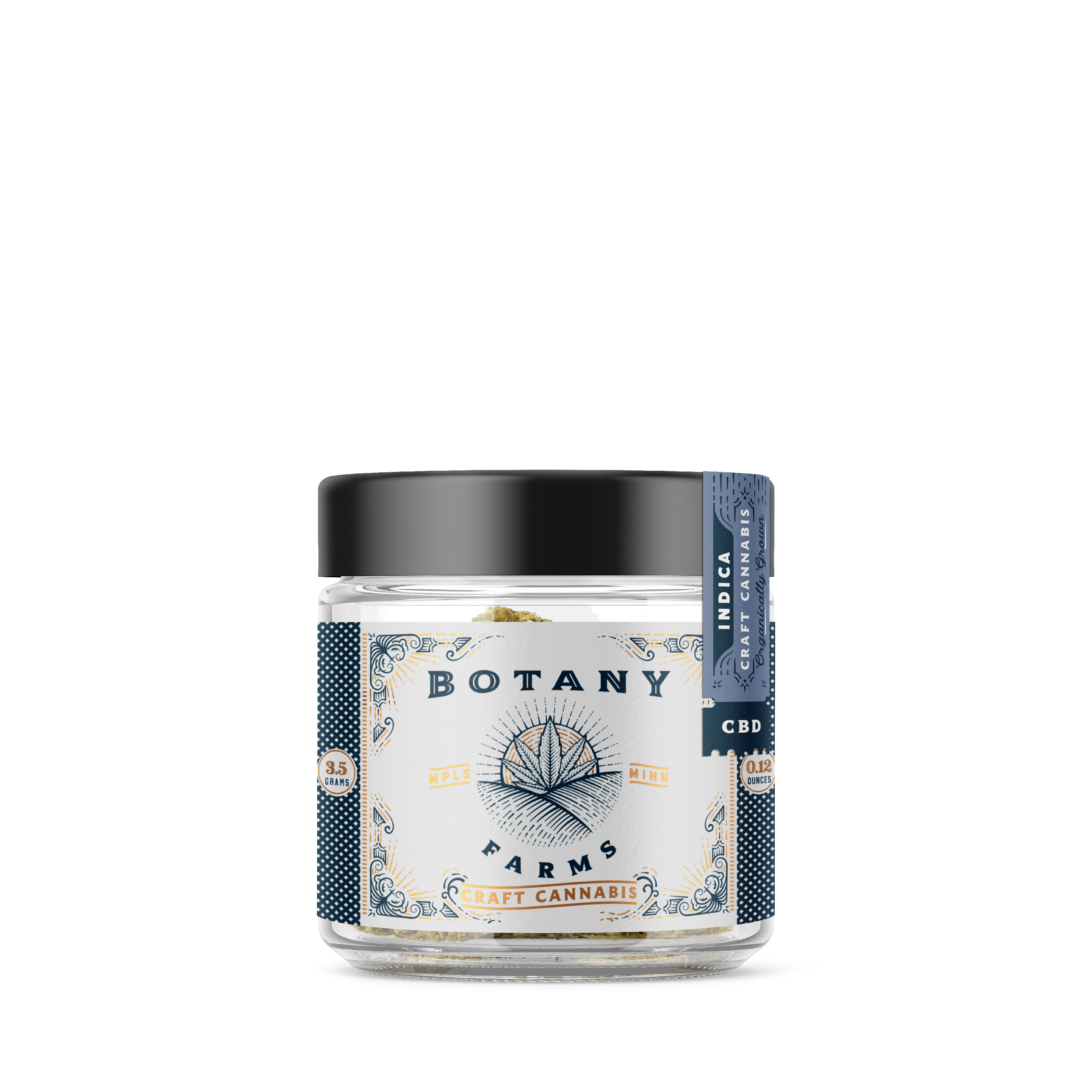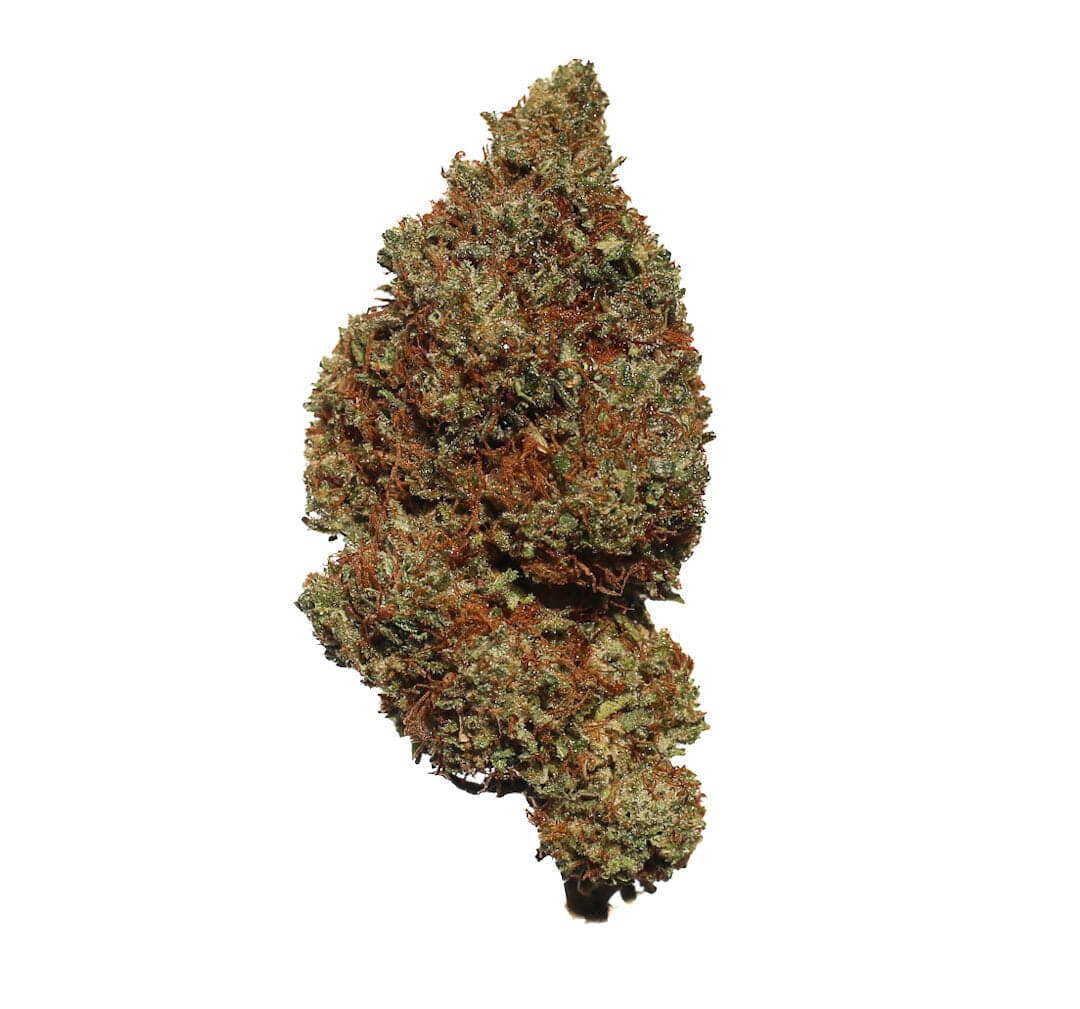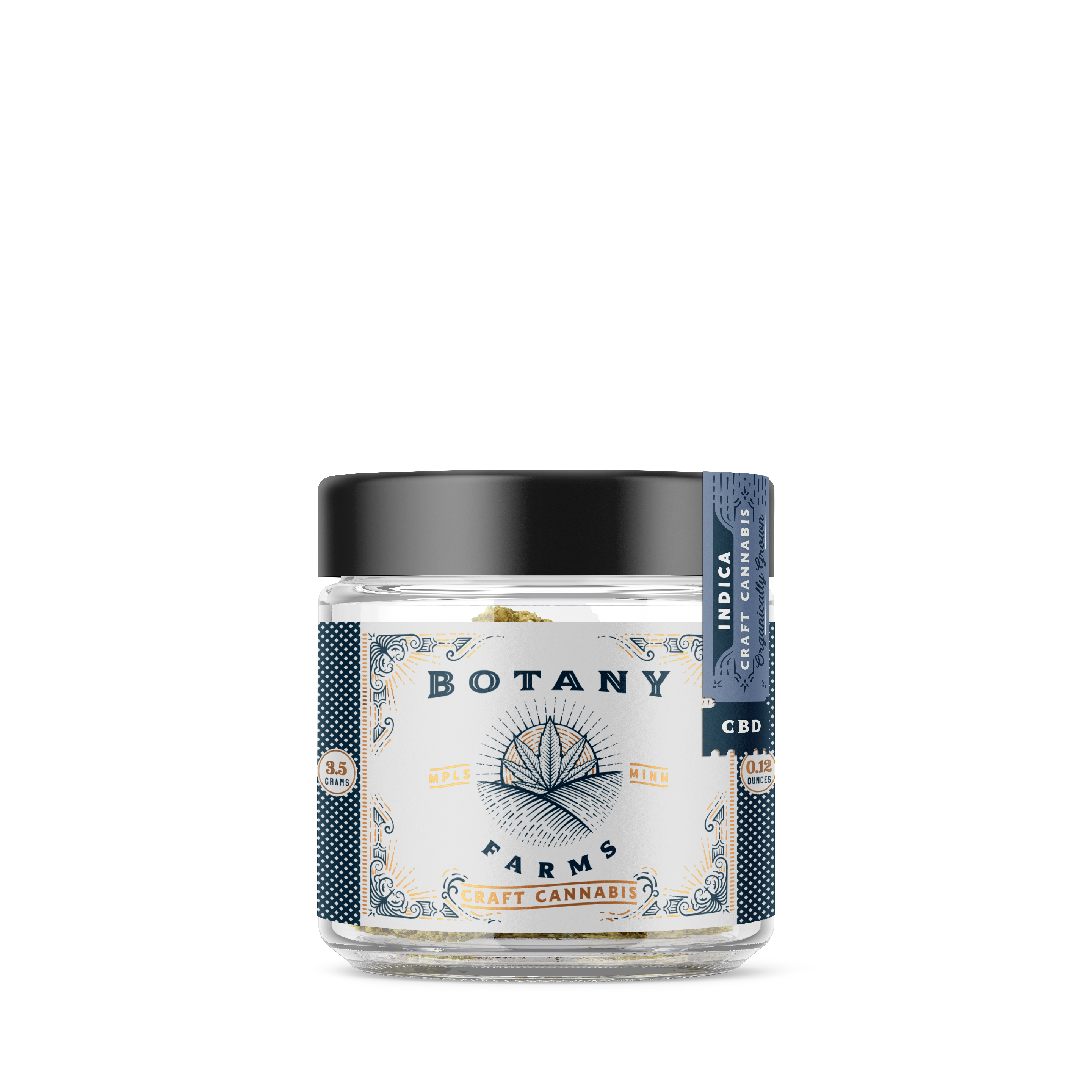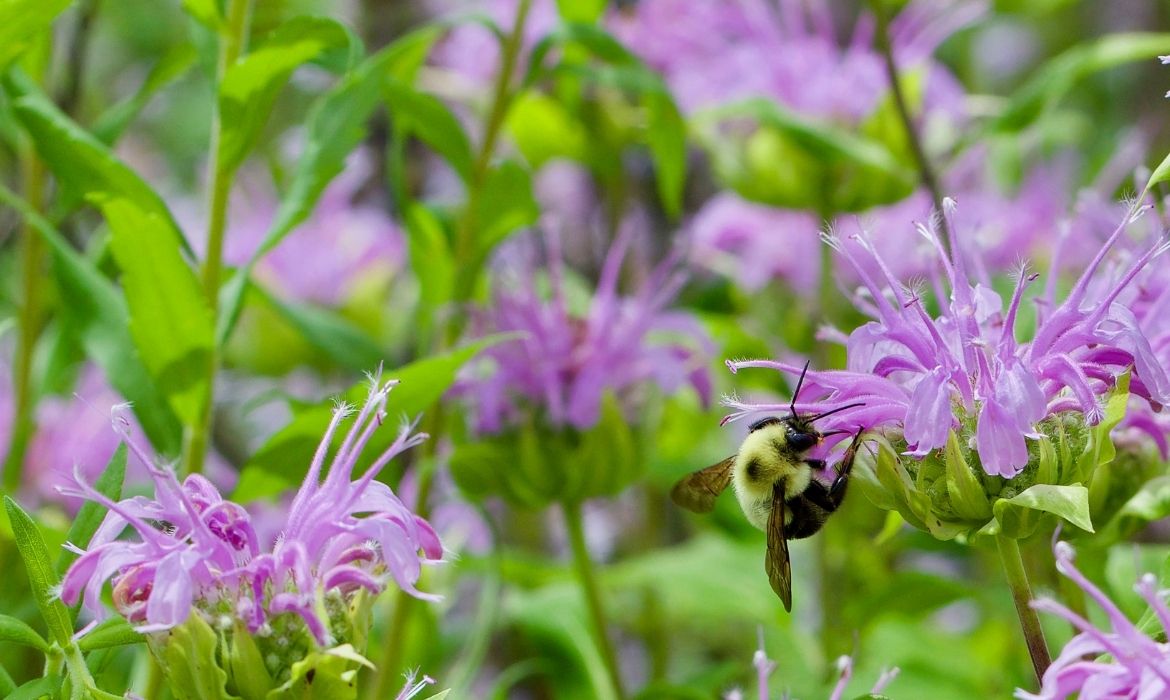Disclaimer: The information provided here is intended solely for informational and entertainment purposes. It should not be used as a substitute for professional medical advice, diagnosis, or treatment. Always seek the advice of your physician or other qualified health provider with any questions you may have regarding a medical condition or treatment and before undertaking a new health care regimen. Never disregard professional medical advice or delay in seeking it because of something you have read here. .
Fenchol (structurally closest to camphor and with a flavour that suggests pineyness) is only a secondary terpene, and appears in cannabis and also in basil, and in aster flowers. Still, it’s effects are refreshing and its smell is intriguing – an end in itself.
A study of neither is a popular pursuit but an interesting one nevertheless, especially when it comes to the unfathomable and mysterious terpenes.
Key Takeaways
-
Definition and Composition: Fenchol is a secondary monoterpene, less complex and prevalent than primary terpenes like myrcene, pinene, and caryophyllene. It combines with olivetolic acid to form CBGA, a precursor for cannabinoids like CBD, CBG, CBC, and THC.
-
Sources and Presence: Found in cannabis, basil, and aster flowers, Fenchol is known for its refreshing scent and is not widely present in many cannabis strains.
- Therapeutic Uses: Its antimicrobial, antibacterial, and antioxidant properties make it useful in various therapeutic applications.
What Is Fenchol?
Fenchol is a monoterpene, meaning it is the most minor and least complex type of terpene molecule. Along with olivetolic acid, they form CBGA, the starting point of cannabinoids CBD, CBG, CBC, and THC.
What does Fenchol do?
A secondary terpene, Fenchol is not as prevalent in as many strains of cannabis as are primary terpenes such as myrcene, pinene and caryophyllene, but its effects as an element of cannabis are still not well understood.
This is why we need to conduct more research so we can learn about its broad properties, and how its effects can be useful for medicine and industries.
Fenchol Effects
Fenchol is a monoterpene with a high concentration of antioxidants (also under suspicion as an assist with cancer prevention, and to bust the immune system to keep you healthy and stave off common colds).
A healthy immune system means you’re less susceptible to viruses and bacteria, and your risk for getting sick is slim. The concentration of fenchol in cannabis is so low that it will not sedate you or make you sleepy like THC and other terpenes. It will wake you up, yet it is not a stimulant.
Fenchol Uses
Terpenes help give cannabis and other plants aromas, and Fenchol is known to have a refreshing, uplifting smell of lemon, pine, and camphor. Thanks to its pleasant scent, it is commonly used in perfumes and detergents.
Fenchol Benefits
Fenchol has been found to have numerous medicinal properties, most notably antibacterial, antimicrobial, and antioxidant effects. This terpene has shown efficacy in several therapeutic areas and shows potential even as an antioxidant agent.
Antibacterial
The broad antibacterial potential Fenchol possesses makes it ideal for fighting 63 diverse bacteria strains, almost the same efficacy as penicillin which has been proved through several studies.
Antimicrobial and Antioxidant
In 2013, a study was performed to test the potency of essential oil derived from the winged prickly ash plant leaves. Although the oil was primarily composed of Linalool, it contained a high amount of Fenchol. The results demonstrated that the essential oil had both antimicrobial and antioxidant properties, which could become a resource to food and pesticide industries.
Analgesic
Fenchol inhibits a critical protein in the body's pain signaling system, offering a promising part of this and other monoterpenes in pain relief.
Fenchol Smell
Fenchol has a refreshing, earthy aroma. It has the character of lemon, pine and camphor. It’s a fascinating and powerful aroma, making it an excellent perfume and fragrance agent for liquid and powder detergents and fabric softeners. You have probably encountered fenchol every time you have added dried basil to a simmering pot of tomato sauce or eaten a salad with fresh basil leaves. I
f you’ve ever held a bouquet of aster flowers you might have been aware of a waft of fenchol. It is also found when you lather your hair with an herbal shampoo.
Fenchol Strains
There are few strains in which Fenchol is present at a moderate percentage. Some of them are:
Banana Kush
This hybrid strain provides a mellow buzz alongside a relaxed sense of euphoria. The Banana Kush hemp strain is an excellent choice for people who deal with stress or depression. It helps stimulate creativity and remain talkative in social gatherings. Thanks to its terpenes, its aroma is like a bushel of fresh bananas, an absolute delight.
OG Kush
Known as Premium OG Kush, this strain has a unique terpene profile that boasts a complex aroma with fuel, skunk, and spice notes. OG Kush smells like lemon-pine-fuel. Its effect act fast, which makes it a favorite for people who deal with severe pain or who struggle with insomnia.
Sherbet
This Indica-dominant hybrid (most often known as Sunset Sherbet) has full-body effects. Its high potency makes it ideal for symptom-relief for patients experiencing stress, tension and mood disorders. Flavour profile includes sweet, dessert-like qualities together with notes of skunky citrus, sweet berry and candy. The power of Fenchol is still being studied.
There’s no doubt the power of terpenes is only beginning to unveil itself being aware of how terpenes work alone and in synergy with one another with their own myriad number of medical effects, as well as their synergism with cannabinoids, promises to bring forth new potentialities for greater overall health and well-being. As long as there are microbes, medical and scientific professionals will continue to seek new and effective antimicrobials.
This is due to the natural resistance that fungi, parasites, bacteria and viruses have developed over time to treatment. Using the synergies between essential oils and antibiotics just might be the answer to that problem.
What is Fenchol: Frequently Asked Questions
How Does Fenchol make You Feel?
Fenchol is known for its invigorating effects due to its refreshing scent. It does not act as a sedative or induce sleepiness like some other terpenes found in cannabis, such as myrcene. Instead, Fenchol can enhance alertness and wakefulness, making you feel more awake and mentally clear without the typical jitteriness associated with stimulants.
What Is Fenchol Good For?
Fenchol is beneficial for its medicinal properties. It has been shown to have antibacterial, antimicrobial, and antioxidant effects, which can be helpful in medical treatments and health maintenance. Its antibacterial properties are comparable to those of penicillin, making it effective against a variety of bacterial strains. The antioxidant aspects of fenchol may contribute to cancer prevention and support overall health. Additionally, fenchol possesses analgesic properties, offering potential as a natural pain relief option.
What Herbs Contain Fenchol?
References for this article:
- https://www.ncbi.nlm.nih.gov/pmc/articles/PMC2771684/
- https://www.ncbi.nlm.nih.gov/pmc/articles/PMC8489319/
- https://www.sciencedirect.com/topics/chemistry/fenchol
Note: This article is provided by Botany Farms for informational purposes only and does not constitute medical advice. The content is intended to offer insights into the practice of dabbing and the use of cannabis concentrates, reflecting current knowledge and research within these areas. It is not aimed at diagnosing, treating, curing, or preventing any diseases or health conditions. As the legal status of cannabis varies across different regions, it is the responsibility of the reader to be informed about their local laws regarding cannabis use. Botany Farms advises all readers to consult with a healthcare professional before making any decisions about cannabis consumption to understand fully the potential risks and benefits. Botany Farms and the authors of this content disclaim all liability for any adverse effects that may arise from the use of information provided in this article.
